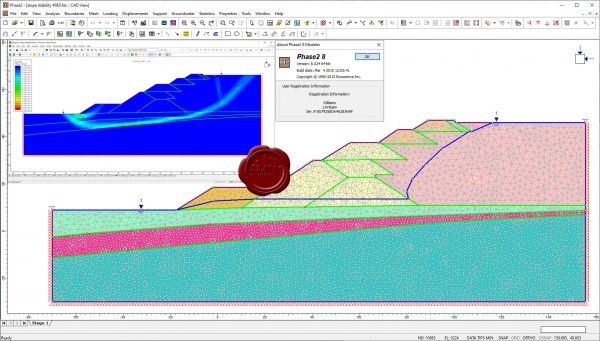

However, molecular investigation using Coriolis ®μ resulted in eight HF testing positive for Legionella in the air. The culturable investigation by Coriolis ®μ did not yield Legionella in any enrolled HF. Air contamination was found in four HF (36.4%) by at least one of the culturable methods. Legionella presence in the air and water was then compared by sequence-based typing (SBT) methods. All air samples were evaluated using culture-based methods, whereas liquid samples collected using the Coriolis ®μ were also analyzed by real-time PCR. During the 8-hour sampling, hot tap water was sampled three times. Legionella air contamination was investigated in the bathrooms of 11 HF by active sampling (Surface Air System and Coriolis ®μ) and passive sampling using settling plates. In general, the control of water is preferred to that of air because, to date, there are no standardized sampling protocols. Healthcare facilities (HF) represent an at-risk environment for legionellosis transmission occurring after inhalation of contaminated aerosols. The review further emphasises the need for safeguarding for all involved-welfare and safety are paramount.

The review also indicates the need for a larger and more robust evidence base driven by thorough and strict protocols. Taken together, the results of this review show promising findings and emerging evidence suggestive of potential benefits related to animals in school settings. Furthermore, a worrying lack of reference to risk assessment and animal welfare must be highlighted. Despite this, studies vary greatly in methods and design, in intervention types, measures, and sample sizes, and in the length of time exposed to an animal. Most studies reported significant benefits of animal-assisted interventions in the school setting. The review included 25 papers 21 from peer-reviewed journals and 4 obtained using grey literature databases. The aim of this systematic review is to scrutinise the empirical research literature relating to animal-assisted interventions conducted in educational settings. The inclusion of animals in educational practice is becoming increasingly popular, but it is unclear how solid the evidence for this type of intervention is.
#Atlasti swps pdf
To view the papers in pdf format, click on the "PDF Full-text" link, and use the free Adobe Reader to open them.




 0 kommentar(er)
0 kommentar(er)
